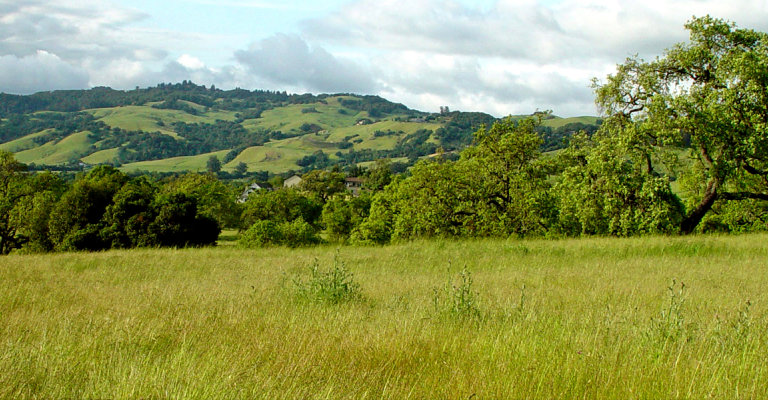Projects and Events
Students and faculty across campus are working with community members, organizations and businesses on all aspects of fire impacts.
Fire and Natural Systems
Burn Severity Analysis - A new metric to estimate burn severity from remote sensing data was applied to the 2017 North Bay Fires, providing a comparison for models used in CalFire’s Watershed Emergency Response Team reports.
Partners: David Ackerly UC Berkeley
Faculty: Matt Clark (Center for Geospatial Analysis)
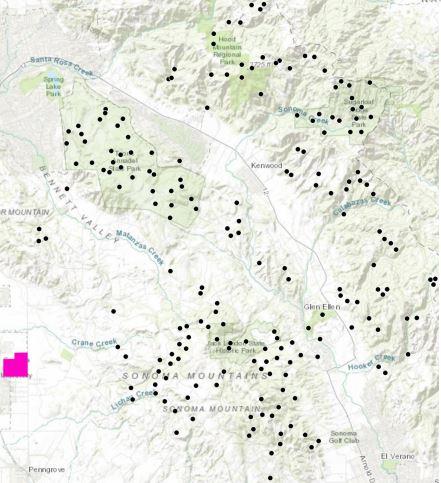
Students: Manuel Hernandez, Susan Carter, Maria Martinez, Mikayla Mesker, Keenan Raleigh, Mikala Tator
Faculty: Lisa Patrick Bentley(Biology)

Students: Soundarya Neriyanuri, Lauren Cleveland, Jose Ochoa, Haley Provencher
Partner: Pepperwood Preserve, Crane Creek National Park
Effects of the 2017 North Bay Fires on Lizards - Lizard abundance increased after fires at the Pepperwood Preserve.
Students: Conner Cimmiyotti, Alex Moore, Julie Wittmann
Partner: Pepperwood Preserve
Faculty: Derek Girman (Biology)
Sources of Acorns Used in Post-Fire Restoration Efforts – This GIS mapping project plotted the location of acorn collections available for oak restoration efforts.
Students: Beth Kahrer, Mariana Palacio, Taryn Carr
Partner: Re-Oaking Coalition, California Native Plant Society, Betty White
Faculty: Matt Clark (Geography, Environment and Planning), Lisa Bentley (Biology)
Effects of Fire on White Oaks – Burnt and unburnt white oaks had similar tree canopies and soil moisture during the spring following the fires.
Students: Trinnah Limon, Emily Ziegler, Phillip Shamlian, Harry Gonzales, Kimberlee Gutierrez
Partner: Sonoma County Regional Parks
Faculty: Martha Shott (Math and Statistics), Melina Kozanitas (Biology)
Genetics of Oaks Used in Post-Fire Restoration Activities – Variation in seedling growth suggest that genetics may be an important factor to consider in oak regeneration.
Students: Daniel Remeta and Physiological Ecology class
Partner: Re-Oaking Coalition, California Native Plant Society, Betty Young
Faculty: Lisa Bentley (Biology)
Assessment of Post-Fire Soils – Plants grew better in burned than unburned soils.
Students: Hannah Keegan, Sommer Kluge, Spencer hall, Wendel Simpson
Partner: Sonoma County Regional Parks
Faculty: Martha Shott (Math and Statistics), Melina Kozanitas (Biology)
Fire and Oak Disease – Half of the sites in a 200 plot Sudden Oak Death (SOD) monitoring grid were burned in the North Bay fires. We are resurveying the grid to determine if pre-fire SOD severity is correlated with fire severity and studying how the fires affect SOD spread.
Students: Johanna Peelen, Susan Carter, Mikala Tator, Emily Rosa, Serina Cabrera, Jocelyn Keller, Sierra Sluxiewicz, Avery Wilson, Marcus Benton
Faculty: Melina Kozanitas (Biology), Nathan Rank (Biology), Lisa Bentley (Biology)
Post-Fire Vegetation Assessments – Post-fire monitoring at Crane Creek Regional Park revealed that 80% of the study area was lightly burned and 20% was scorched. The data are part of a county-wide effort to document fire impacts on natural systems.
Students: Glenda Chicas, Taylor Flores, Marysia Kowalczyk and Climate Change and Society class
Partner: Sonoma County Regional Parks, Pepperwood Preserve
Faculty: Justine Law (Hutchins School)
Fire History of SSU’s Fairfield Osborn Preserve - Low soil charcoal and lack of fire scarring in a dendrochronology study suggest that fire has not occurred at this site in the last 125 years.
Students: Kyle Towers, Pasha Abooamery, Emma Anthony, Gracie Lock, Mark Castro, Lauren James, Devin Connor, Chris Cunningham, Quinten Rodriguez, David Price, Justin Reacer
Partners: Center for Environmental Inquiry: Fairfield Osborn Preserve
Faculty: Michelle Goman (Geography, Environmental and Planning)
Fire and Social Systems
Green Music Center Community Healing Task Force - The Community Healing Task Force of the GMC Board of Advisors is developing a large benefit concert and related storytelling event at the Green Music Center during the summer of 2018.
Contact: Becky Cale (Green Music Center)

The Northern California Wildfires: Perspectives from Families of Children with Disabilities
Faculty: Elizabeth McAdams Ducy (Educational Leadership and Special Education), Ph.D., Sarah Fishback, & Laura M. Stough, Ph.D.
Partners: Texas A&M University
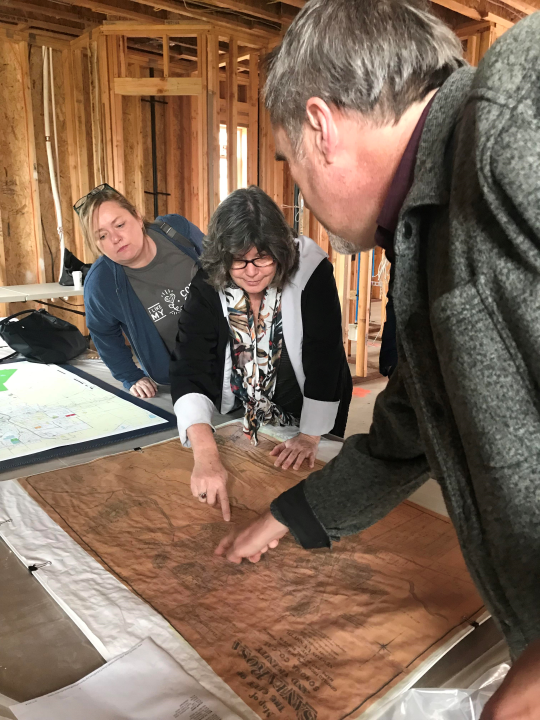
Students - Anthropology, Computer Science, and Geography students
Faculty - Margie Purser (Anthropology)
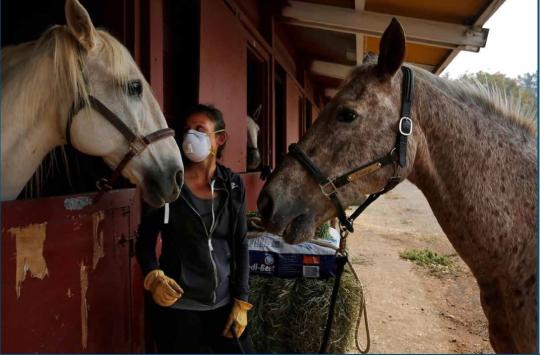
Student: Holly Casey Hay
Faculty: Jeff Baldwin (Geography, Environment, and Planning)
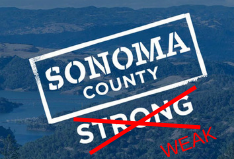
Students: Alexandria Johnson, Leandra Barcenas, Sadie Torres, Angela Vaquerano
Faculty: Benjamin Smith (Human Development)
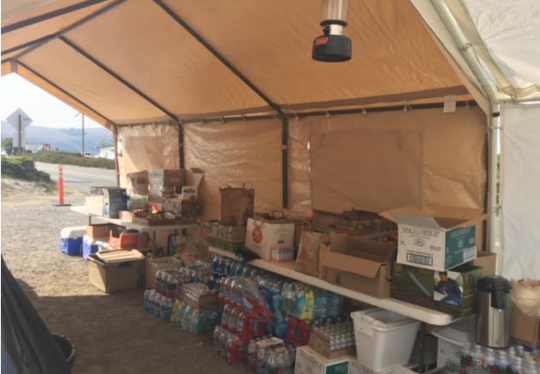
Function of signs in post-disaster Santa Rosa – Post-fire signs, which were most common on the perimeter of burned areas and in shopping centers, overwhelmingly thanked first responders and reinforced community relationships. Signs and Images
Students: Hannah Bowman and Andrew Estigoy
Faculty: Margie Purser (Anthropology)
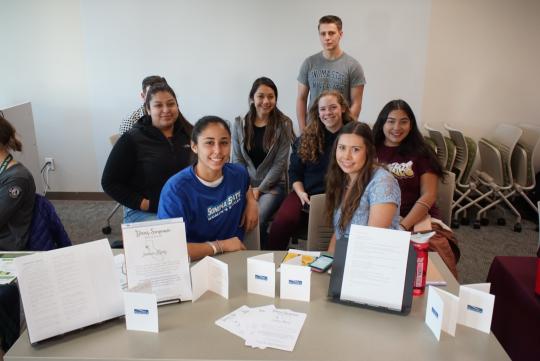
Dear Sonoma Journal - Our community literary journal is a collection of poetry, narratives, photography, and artwork documenting the October fires. The journal was created to address the mid to long-term impacts of the fires.
Students: English students and community members
Partners: SSU Writing Center, University Elementary at La Fiesta, and members of greater Sonoma County community. All proceeds go to Community Foundation Sonoma County's Resilience Fund. To purchase: https://www.facebook.com/DearSonoma
Faculty: Emily Seder (English)
Archaeological Sites Affected by October 2017 Fires – The Anthropological Studies Center is collaborating with CalFire to assess damage to cultural resources that occurred during firefighting activities, and to conduct surveys for projects designed to minimize the threat of future fires.
Students: Cultural Resource Management and Fire Response Interns, Master’s degrees
Partners: CalFire, Caltrans, U.S. Army Corps of Engineers, Federal Emergency Management Agency (FEMA), California State Parks, and Native American tribes
Faculty: Thomas Whitley (Anthropological Studies Center)
Hope Ablaze: an Outdoor Performance at SSU’s Fairfield Osborn Preserve – This outdoor performance was created by students in the liberal and performing arts as an exploration of climate change and its impact on our environment and daily lives. Hope Ablaze Video
Student Performers: Serina Cabrera, Jocelyn Keller, Sierra Sluxiewicz, Avery Wilson, Marcus Benton
Partner: Center for Environmental Inquiry
>Faculty: Justine Law (Hutchins School), Alexis McNab (Theatre Arts & Dance)
Wildland-Urban Interface Safety – A variety of fire-safety prescriptions were recommended to enhance safety at SSU preserve buildings.
Students: Mike Stone and Mineaux Gray
Partner: SSU Fairfield Osborn Preserve
Instructor: Suzanne DeCoursey (Center for Environmental Inquiry)
Oral Histories of the October 2017 Fires – This project documents the experiences of fire survivors, and includes an online GIS story map for Coffey Park that creates an interactive experience for others to share these experiences. Coffey Strong: ArcGIS Story Map
Students: GEP 389 - Advanced GIS / GEP 317 Emma Forester, Kathleen Funke-Spicher, Maxwell Gilbert, Jake Letofsky, Ryan Magowan, Emily Rosa, Rose L. Snyder
Partners: Coffey Strong, Sonoma County Museum, Listening for Change
>Faculty: Matt Clark (Center for Geospatial Analysis), Margie Purser (Anthropology), Thomas Whitley (Anthropological Studies Center)
After the Fires School Survey – A survey of K-12 school counselors revealed how schools made decisions during the fires and documented the perceived stressors and reactions of students, families and teachers as they return to school.
Partners: Sonoma County K-12 schools
Faculty: Maureen Buckley (Counseling)
Fire Trauma Resources – A list of resources was compiled for use by children and families after the fires
Students: lower division and graduates in Early Childhood Studies
Faculty: Christina De Korsak (Early Childhood Studies)
Sacramento State Students Volunteer in Relief Effort
Students: Sacramento State Alternative Spring Break
Partners: Restorative Resources, Habitat of Humanity, Charles M. Schulz Museum, Sonoma Ecology Center, and Redwood Empire Food Bank.
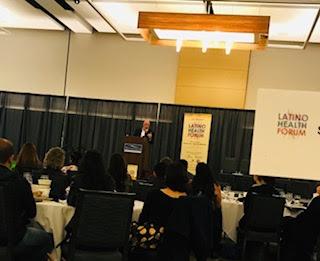
Latino Health Forum: Fire and Ice
Students: Nursing and CALS majors
Partners: Latino Health Forum
Fire and Technology
Drone Locating Device for Emergency Personnel – This portable device can detect the presence of drones and direct the user to the person controlling the drone to remove obstacles to emergency-response helicopters. Vargas and Roohian 2018
Students: Michael Vargas and Kooi Roohian
Partner: Keysight Technologies, Pocket Radar
Faculty: Brendan Hammel-Bissell (Engineering Science)
Energy Harvesting Fire Sensors for Remote Locations – Development of power-harvesting fire sensor networks that automatically notify users of extreme temperature changes.
Students: Independent Research Projects
Faculty: Farid Farahmand (Engineering Science)
Fire and Economics
Survey and Industry Working Group on the Effects of North Coast Fires on the Wine Industry – A survey of more than 200 vineyard and winery stakeholders across Lake, Mendocino, Napa, Solano, and Sonoma Counties to assess the extent of damage to the region's wineries and vineyards. Working
Partners: California Wine Institute, California Association of Winegrape Growers, faculty from the Department of Viticulture and Enology at the University of California, Davis
Faculty: Honore Comfort (Wine Business Institute), Ray Johnson (Wine Business Institute)
Strategic Preparedness for Human-Created Crisis and Natural Disaster in the Wine Industry.
Student: Deanna Brown
Partner: Wine Business Institute
Faculty: Armand Gilinsky, Judith Ford (Business Administration)
Fire Working Groups
NomaCares – Sonoma State raised $150K+ in cash and in-kind donations from 450+ donors to provide financial support to 107 students, staff and faculty impacted by the North Bay fires. An additional $150K grant from the North Bay Relief Fund made counseling services possible.
Partners: Redwood Credit Union, The Press Democrat, Senator Mike McGuire
SSU Leadership: Dr. Judy Sakaki (President)


